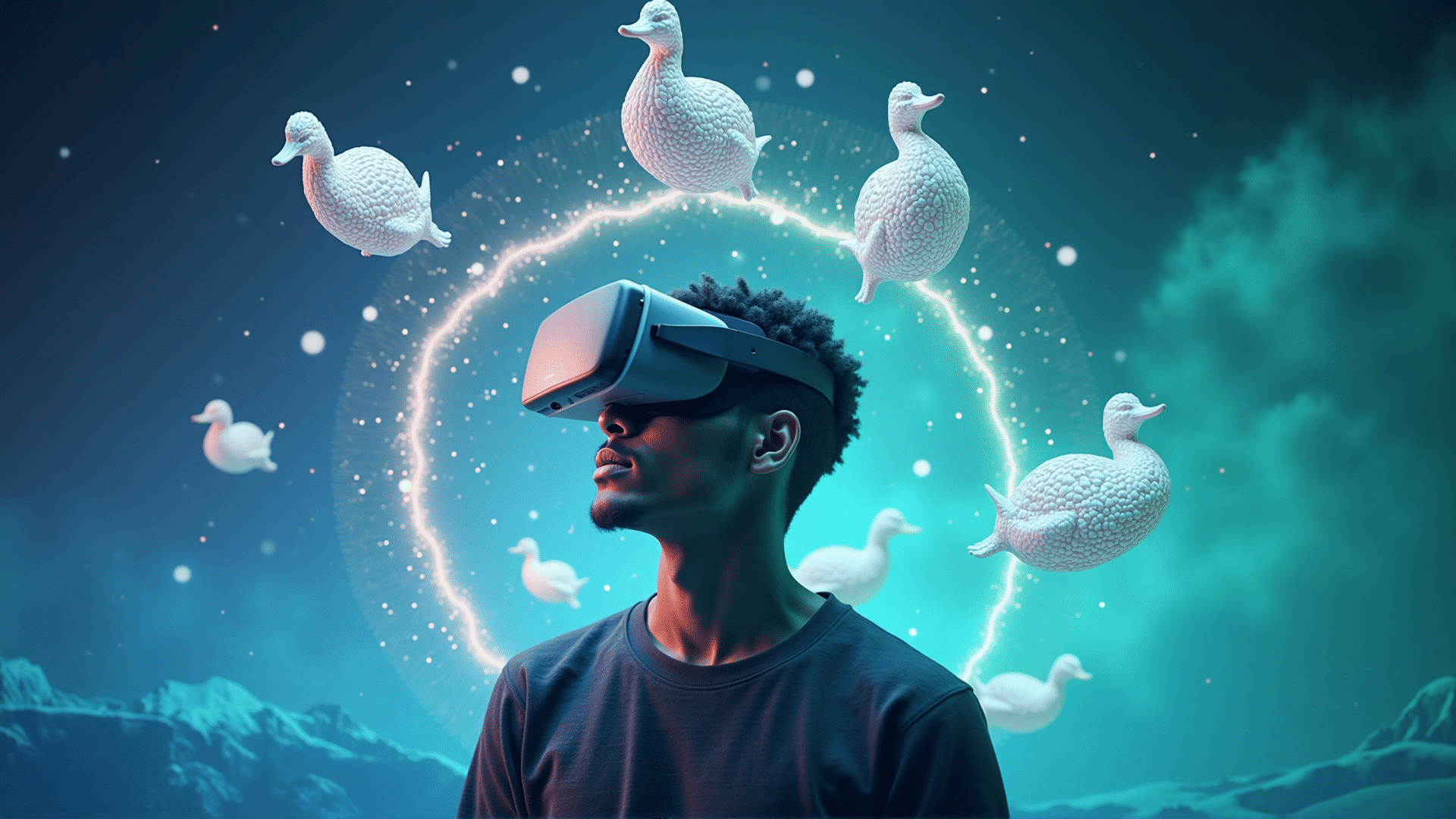In the modern era of technological advancement, the pursuit of creating immersive digital experiences is at the forefront of creative industries. These experiences transport users into vivid, engaging worlds, effectively blurring the line between the digital and the physical realms. At the helm of this innovation is Cutting Edge DUCK Design Bureau, a pioneer in developing advanced tools and insights that redefine how we interact with digital spaces.
Immersive digital experiences are multifaceted and can be applied across various domains, from virtual reality (VR) and augmented reality (AR) to interactive web environments and adaptive digital marketing campaigns. These experiences engage multiple senses and often leverage storytelling, creating a profound connection between the user and the digital environment.
The first step in crafting these experiences is understanding the psychology of immersion. It involves analyzing how users interact with digital content and identifying the key elements that foster engagement. The experts at Cutting Edge DUCK Design Bureau focus on user-centric design principles, ensuring that every experience is intuitive, responsive, and aligned with the user's expectations. This includes meticulous attention to detail in design elements, seamless navigation, and responsive feedback systems.
One of the critical tools powering these immersive experiences is the advanced use of VR and AR technologies. VR creates entirely fabricated environments, allowing users to explore and interact with spaces as if they were real. Projects like virtual tours, simulated training environments, and immersive gaming experiences utilize VR to great effect. In contrast, AR overlays digital information onto the real world, enhancing user interaction with their immediate environment. This is particularly useful in fields like retail, where AR can offer real-time information or visualizations for products directly in a virtual showroom.
To elevate these experiences, Cutting Edge DUCK Design Bureau incorporates cutting-edge technology like spatial computing and AI-driven content adaptation. Spatial computing refers to the digital processing that allows users to interact with a computer interface or application in a 3D space. This technology is crucial for creating believable and lifelike experiences that sync perfectly with users' spatial awareness. Simultaneously, AI dynamically adjusts the digital environment in response to user behavior, ensuring that the content remains relevant, personalized, and engaging.
Moreover, storytelling remains a cornerstone of any compelling digital experience. This is where art meets technology, blending narrative development with interactive design to create a cohesive and memorable experience. The narrative not only guides users through the digital space but also evokes emotions, making the experience more impactful and memorable.
Lastly, an often-overlooked aspect is accessibility. Cutting Edge DUCK Design Bureau prioritizes inclusivity in its designs, ensuring that immersive experiences are available to as broad an audience as possible, regardless of any physical or technological limitations. From adaptable controls to multi-language support, these features are crucial for reaching and engaging diverse user groups globally.
In conclusion, creating immersive digital experiences is both an art and a science. It requires a deep understanding of user interaction, the strategic use of advanced technology, and a knack for compelling storytelling. With the leadership of Cutting Edge DUCK Design Bureau, the future holds boundless potential for not just experiencing but living within these digital realms. As technology continues to evolve, so too will the realms of possibility for rich, immersive digital experiences.
